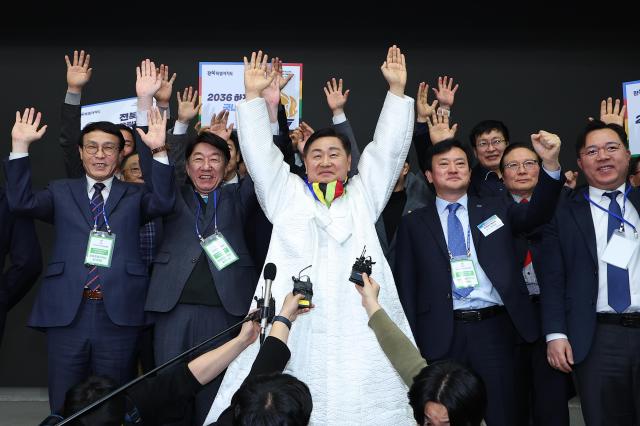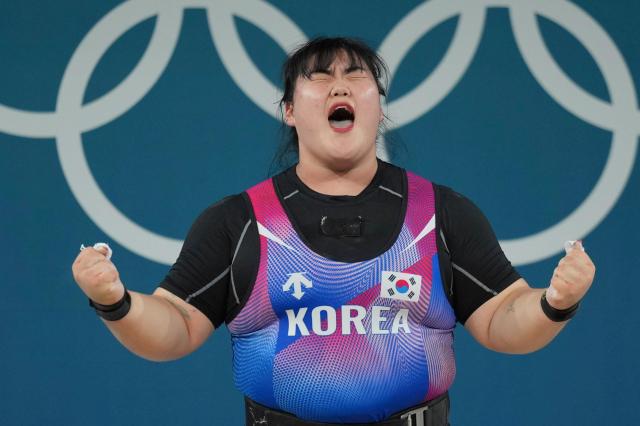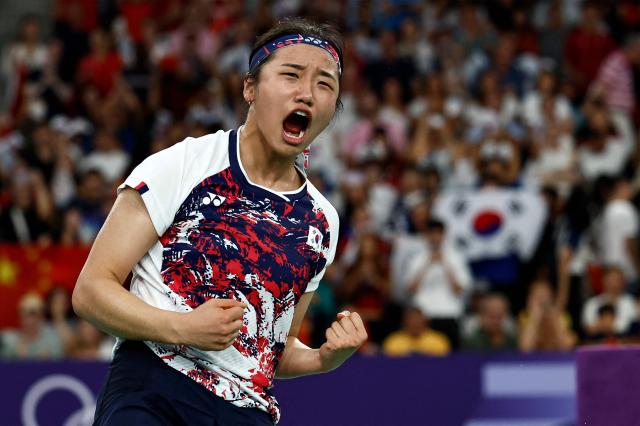
SEOUL, May 30 (AJU PRESS) - The 2024 Summer Olympics in Paris have sparked a discussion about whether female Muslim athletes who wear a headscarf should be allowed to compete.
In September 2023, the International Olympic Committee, upholding freedom of religious and cultural expression for all athletes, announced that athletes participating in the 2024 Paris Games can wear a hijab without any restriction.
French athletes, however, are bound by France's strict separation of religion from the state, called laïcité. French Sports Minister Amelie Oudea-Castera said that French athletes would be barred from wearing a hijab during the Paris games to respect this commitment to the principle of laïcité.
Human rights organizations argued that such a ban infringes upon the religious freedoms of Muslim athletes, perpetuating discrimination and marginalization. The United Nations human rights office stated that "no one should impose on a woman what she needs to wear, or not wear."
This debate highlights the conflict between laïcité and the right to express one's religious beliefs. As a scholar of European studies, I know about laïcité's impact on sports, politics and society in general. In my view, laïcité, which historically upheld individual rights and freedoms, increasingly denies minority rights today, as seen in the ban on French athletes wearing hijabs at the 2024 Paris Olympics.
Laïcité yesterday and today
Before the 1789 revolution, France was an absolute monarchy, where religion and the state were deeply intertwined. The close relationship between the French monarchy and the Catholic Church began when King Charlemagne was crowned by the pope in 800 A.D. Over the centuries, the church became very powerful, owning land and controlling education and health care. It formed strong political alliances, with many nobles holding top positions within the church.
After the French Revolution succeeded and the monarchy was abolished, the revolutionaries still resented religion for its long relationship with the crown. They saw the church as a source of unfairness in society and wanted to reduce religion's influence in public life and push their ideas of freedom, fairness and unity.
They nationalized church properties and introduced secularism to create a separation between religious and governmental affairs. Since then, France has maintained laïcité as one of the republic's core values.
The evolution of laïcité in France coincides with significant demographic shifts in the latter half of the 20th century. As France transformed into a diverse nation with various religions and ethnicities, including a significant Muslim population, the interpretation and application of laïcité faced new challenges. With millions migrating from former French colonies in northern and western Africa in search of economic opportunities, France now hosts the largest Muslim community in Europe, comprising about 10 percent of its population. This demographic change has sparked debates about the role of religion in public life and the extent to which laïcité should accommodate religious diversity.
While laïcité was originally introduced alongside principles such as freedom and equality, as times changed, so did its meaning. Initially, laïcité meant keeping religion separate from the state. Lately, however, it is often interpreted to mean that citizens should refrain from showing their religious identities in public.
This shift has led to bans on religious symbols in public schools and spaces, disproportionately affecting Muslim women who wear veils.
A debate about the Olympics – and beyond
Activists and scholars have argued that today's laïcité poses a threat to both human rights and religious freedom. In their view, it promotes a narrow view of republican values and national identity, rejecting diversity and unfairly targeting Muslim women who wear headscarves.
Laïcité can be seen as discriminatory because it often treats Christian customs as just part of everyday culture, while it treats visible signs of other religions, such as the hijab worn by some Muslim women, as unacceptable. This means Christian symbols and traditions are more easily accepted, but non-Christian ones are often not allowed.
It is also important to note that Christian traditions focus mostly on beliefs, which are private, while Islamic and Jewish traditions emphasize practices, such as wearing headscarves, that are visible. This means laïcité affects people differently, often more strictly targeting visible signs of non-Christian religion.
A 2023 survey showed that almost 80 percent of French Muslims believed that their country's secular laws are discriminatory. Research shows that laïcité disproportionately affects Muslim girls from marginalized communities, perpetuating social inequalities. For example, the ban on headscarves in schools forces Muslim girls to choose between their education and their religious beliefs, leading to feelings of exclusion and isolation. This policy can also hinder their academic performance and personal development, limiting their future opportunities.
Banning hijab for players
French Muslim athletes have faced challenges on the field for a long time. For example, in 2023, the French Soccer Federation decided not to adjust meal and practice timings during Ramadan, even though it occurred during a break when there was no competition.
This decision effectively prevented Muslim players from fasting and led to notable departures, such as Lyon midfielder Mahamadou Diawara leaving the France under-19s camp. Other French players, too, left French professional sports. Basketball player Diaba Konate also opted to pursue her career in the United States because of the French ban on wearing the hijab.
In 2004, France prohibited religious symbols in public schools, including the hijab, Jewish yarmulkes, Sikh turbans and large Christian crosses.
The nonprofit Human Rights Watch criticized it as an unjustified restriction on religious practice. In 2010, France extended the ban to face-covering headgear in public places, including the burqa and niqab, which are garments worn by some Muslim women that cover the face and body. Last year, France banned the abaya in schools.
A ban on cultural pluralism?
The hijab debate extends beyond the realm of sports, touching upon broader issues of identity and belonging in multicultural societies. For many Muslim women, the hijab is not just clothing – it is an expression of religious identity and empowerment.
Banning it from the Olympics could be seen as limiting their freedom of expression and denying their right to fully engage in society while staying true to their religious and cultural backgrounds.
France's ban on religious symbols in official sports activities highlights the struggle to balance religious freedom with national values. This becomes especially complicated in the Olympics, where athletes' individual expressions clash with their roles as representatives of their countries.
-------------------------------------------------------------------------------------------------------------------------
Armin Langer is an assistant professor of European studies at University of Florida.
This article was republished under a Creative Commons license with The Conversation. The views and opinions in this article are solely those of the author.
https://theconversation.com/frances-headscarf-ban-in-the-2024-summer-olympics-reflects-a-narrow-view-of-national-identity-writes-a-scholar-of-european-studies-228678
Copyright ⓒ Aju Press All rights reserved.




View more comments